详细说明
Purity
>95%, by SDS-PAGE visualized with Silver Staining and quantitative densitometry by Coomassie® Blue Staining.
Endotoxin Level
<1.0 EU per 1 μg of the protein by the LAL method.
Activity
Measured by its ability to transfer phosphate from ATP to mevalonic acid. The specific activity is >2,400 pmol/min/μg, as measured under the described conditions.
Source
E. coli-derived Met1-Leu396, with a C-terminal 6-His tag
Accession #
N-terminal Sequence
AnalysisMet1
Predicted Molecular Mass
43 kDa
SDS-PAGE
38-46 kDa, reducing conditions
9349-VK |
| |
Formulation Supplied as a 0.2 μm filtered solution in Tris, NaCl and DTT. | ||
Shipping The product is shipped with dry ice or equivalent. Upon receipt, store it immediately at the temperature recommended below. | ||
Stability & Storage: Use a manual defrost freezer and avoid repeated freeze-thaw cycles.
|
Assay Procedure
Materials
Universal Kinase Activity Kit (Catalog # )
10X Assay Buffer (supplied in kit): 250 mM HEPES, 1.5 M NaCl, 100 mM MgCl2, 100 mM CaCl2, pH 7.0
Recombinant Human MVK (rhMVK) (Catalog # 9349-VK)
RS-Mevalonic Acid (Sigma, Catalog # 90469), 50 mM stock in deionized water
96-well Clear Plate (Catalog # )
Plate Reader (Model: SpectraMax Plus by Molecular Devices) or equivalent
Prepare 1X Assay Buffer by diluting 10X stocks 10 fold with deionized water.
Dilute 1 mM Phosphate Standard provided by the Universal Kinase Activity Kit by adding 40 µL of the 1 mM Phosphate Standard to 360 µL of 1X Assay Buffer for a 100 µM stock. This is the first point of the standard curve.
Complete the standard curve by performing six one-half serial dilutions of the 100 µM Phosphate stock using 1X Assay Buffer. The standard curve has a range of 0.078 to 5 nmol per well.
Prepare reaction mixture containing 0.4 mM ATP (supplied in kit) and 2 mM Mevalonic Acid in 1X Assay Buffer.
Dilute rhMVK to 3.33 ng/µL in 1X Assay Buffer.
Dilute Coupling Phosphatase 4 (supplied in kit) to10 µg/mL in 1X Assay Buffer.
Load 50 µL of each dil6ution of the standard curve into a plate. Include a curve blank containing 50 µL of 1X Assay Buffer.
Load 15 µL of the 3.33 ng/µL rhMVK into empty wells of the same plate as the curve. Include a control containing 15 µL of 1X Assay Buffer.
Add 10 µL of 10 µg/mL Coupling Phosphatase 4 to wells containing enzyme and control, excluding the standard curve.
Add 25 µL of reaction mixture to the wells, excluding the standard curve.
Incubate sealed plate at room temperature for 10 minutes.
Add 30 µL of the Malachite Green Reagent A to all wells. Mix briefly.
Add 100 µL of deionized water to all wells. Mix briefly.
Add 30 µL of the Malachite Green Reagent B to all wells. Mix and incubate for 20 minutes at room temperature.
Read plate at 620 nm (absorbance) in endpoint mode.
Calculate specific activity:
Specific Activity (pmol/min/µg) = | Phosphate released* (nmol) x (1000 pmol/nmol) |
| Incubation time (min) x amount of enzyme (µg) x coupling rate** |
*Derived from the phosphate standard curve using linear or 4-parameter fitting and adjusted for Control.
** The coupling rate is 0.475 under these conditions.
Per Reaction:
rhMVK: 0.05 µg
Coupling Phosphatase 4: 0.1 µg
ATP: 0.2 mM
Mevalonic Acid: 1 mM
Background: MVK
Mevalonate kinase converts (R)-mevalonate to (R)-5-phosphomevalonate using ATP as the donor substrate (1). It is a key early enzyme in isoprenoid and sterol synthesis and may be a regulatory site in cholesterol biosynthetic pathway (2). Deficiency of the enzyme results in mevalonic aciduria, hyperimmunoglobulinaemia D and periodic fever syndrome, a disorder characterized by recurrent episodes of fever associated with lymphadenopathy, arthralgia, gastrointestinal dismay and skin rash (3, 4, 5). The enzymatic activity of the recombinant human MVK is measured using a phosphatase-coupled method (6).
References:
Green, T.R. and Baisted, D.J. (1970) Anal. Biochem. 38:130.
Redding-Johanson A.M., et al. (2011) Metab. Eng. 13:194.
Hager, E.J. and Gibson, K.M. (2007) N. Engl. J. Med. 357:1871.
Favier, L.A. and Schulert, G.S. (2016) Appl. Clin. Genet. 9:101.
Stoffels, M. et al. (2014) Rheumatol. Int. 34:295.
Wu, Z.L. (2011) PLoS ONE 6:e23172.
Long Name:
Mevalonate Kinase
Entrez Gene IDs:
4598 (Human); 17855 (Mouse); 81727 (Rat)
Alternate Names:
EC 2.7.1.36; LH receptor mRNA-binding protein; LRBP; mevalonate kinase (mevalonic aciduria); mevalonate kinase 1; mevalonate kinase; Mevalonic Aciduria; MKFLJ96772; MVK; MVLK; POROK3







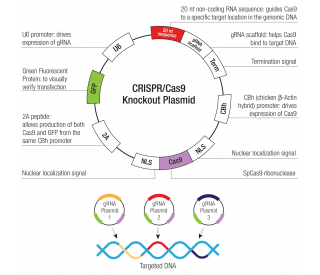
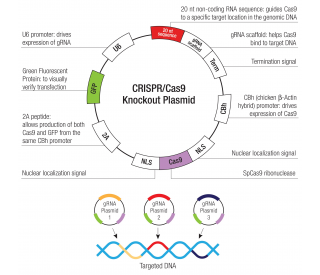
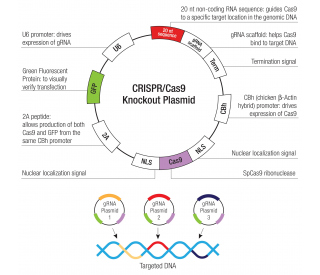
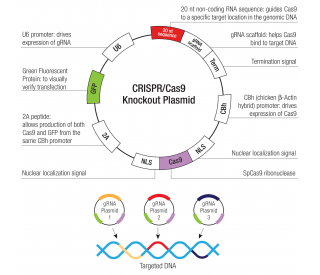
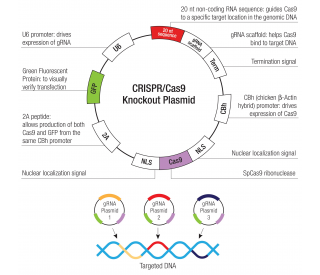
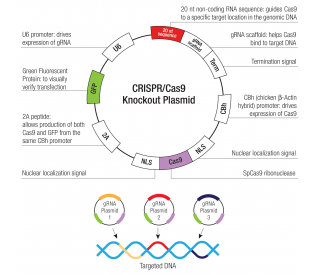




 粤公网安备44196802000105号
粤公网安备44196802000105号